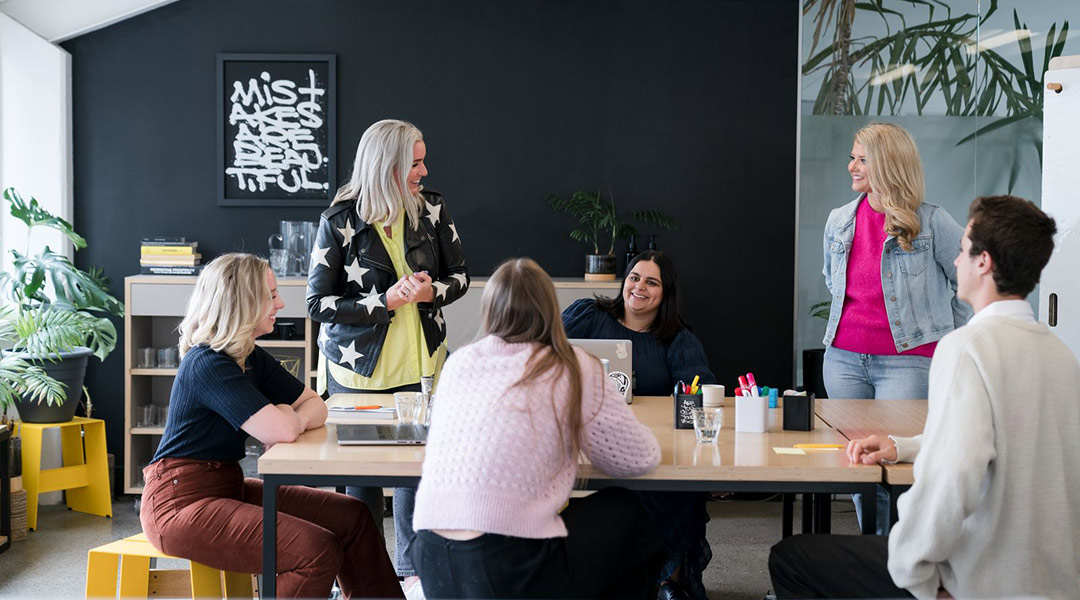Employee Experience Designers have curious minds. We also like to think outside the box, or outside the generic way everyone is used to doing things.
Assess - Define - Design - Implement - Review - If you are reading this, you are familiar with the process. Each step is a building block in forming a well-designed strategy.
GOAL: Your new employee reaches the end of their first day feeling that taking this role, in this organization, was indeed a great idea.
Onboarding is not just about providing information but also about building relationships, fostering collaboration, and creating a sense of belonging.
To achieve this, you could design your onboarding experience to be interactive and social by involving your new hires in activities, discussions, and feedback sessions. Use design thinking to improve the employee experience by putting the employee at the center of the design process. This approach involves empathy, ideation, and prototyping to create solutions that truly meet employees' needs and enhance their experience within the organization. You want to intentionally create an environment and culture that fosters engagement, productivity, and ultimately allows employees to achieve their full potential.
Onboarding is not a one-size-fits-most solution. Great questions to consider asking are:
- What’s your learning style?
- How would you explain your preferred way to connect with new colleagues?
- What would be the best way we could utilize your calendar in the first two weeks?
- Is there anything else we can do to assist you in transitioning into this new role and our organization?
Once you have understood more about your new employee, you can then tailor the experience with them. This will then, hopefully, achieve your goal. If you take the time to design with, not for, then you are, in fact, taking your new employee on the journey with you, rather than expecting them to keep up.







Comments